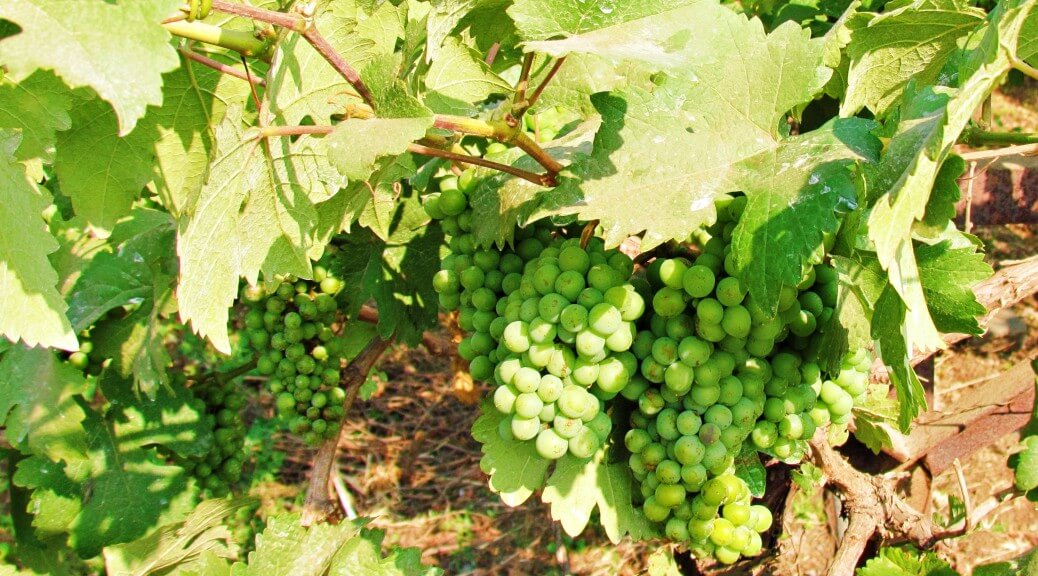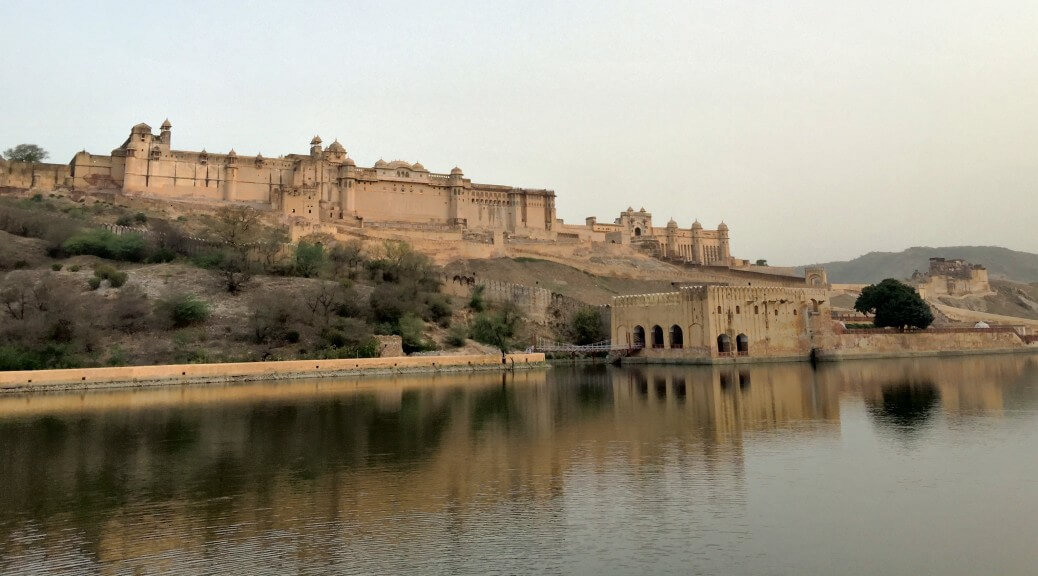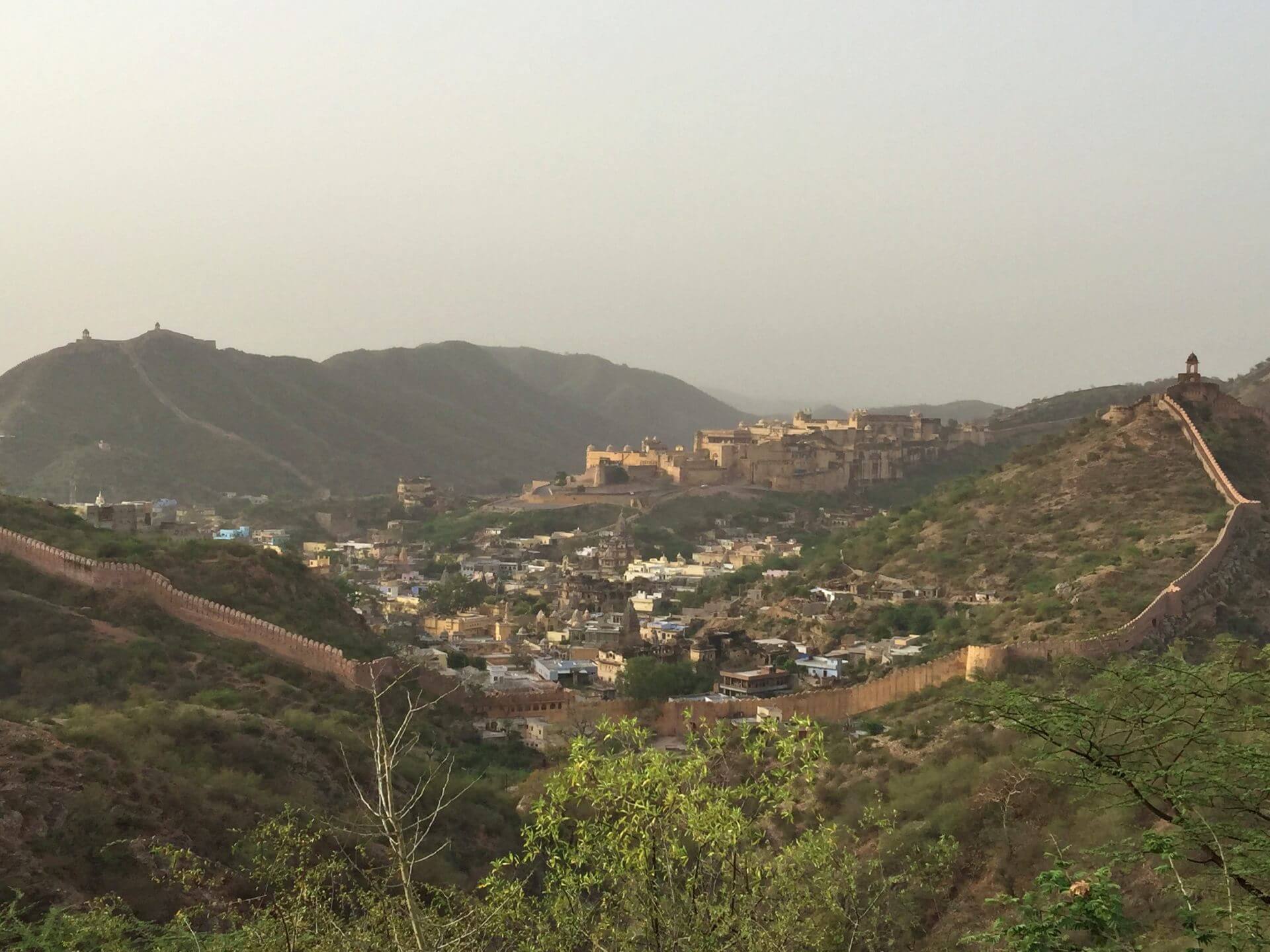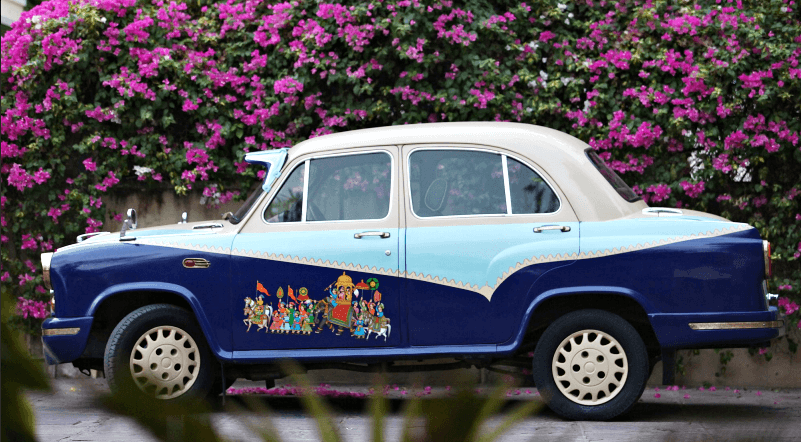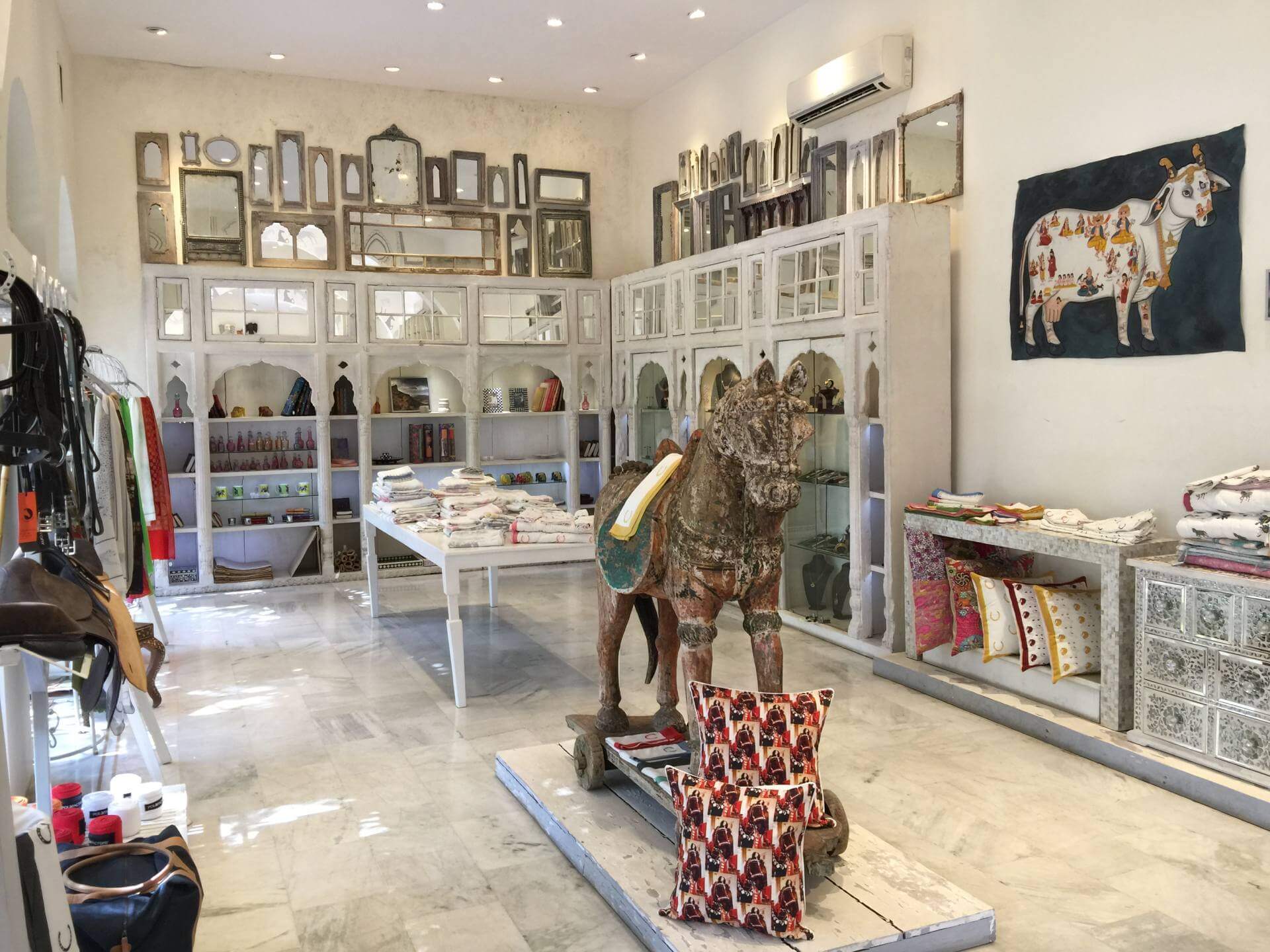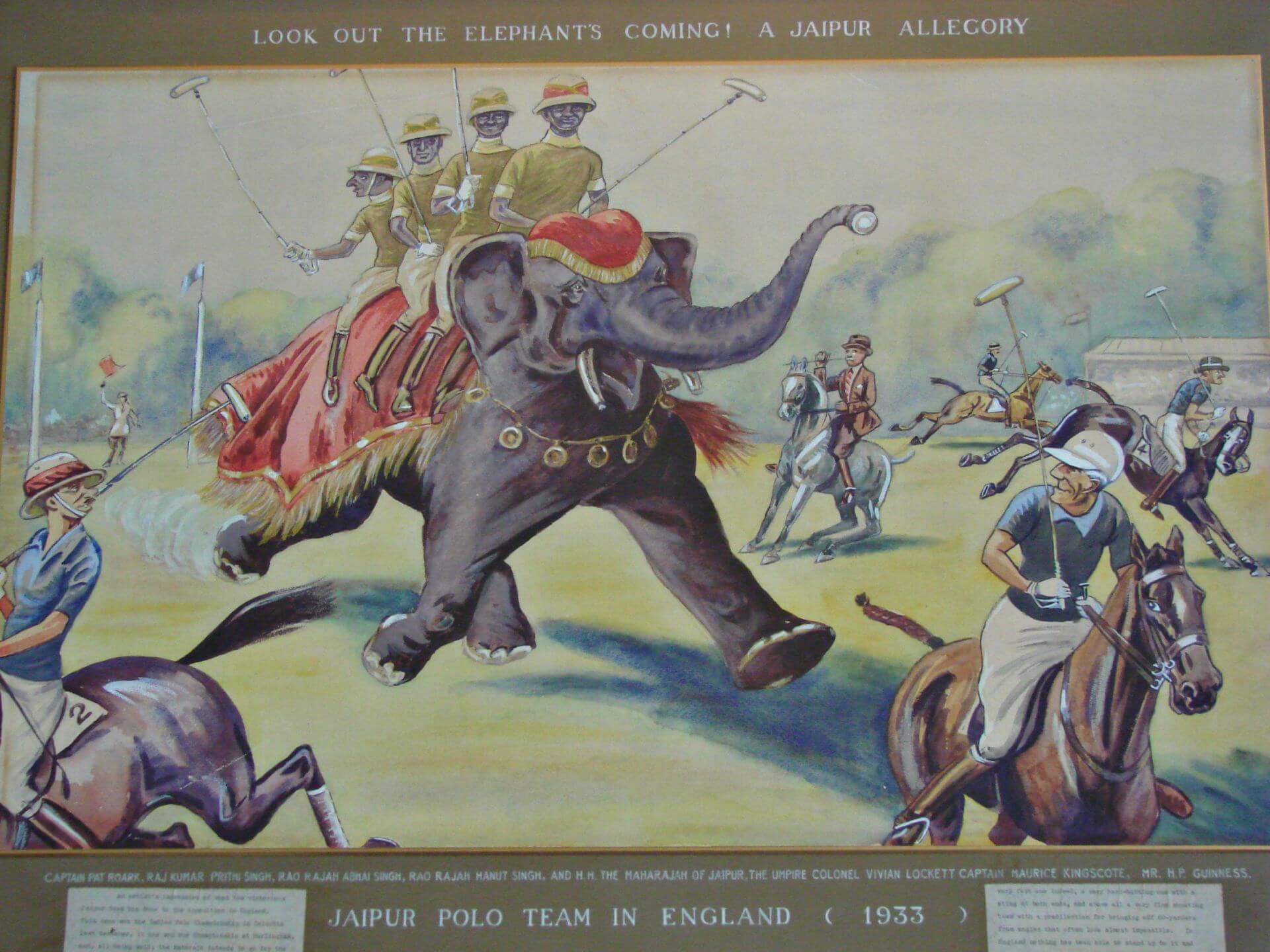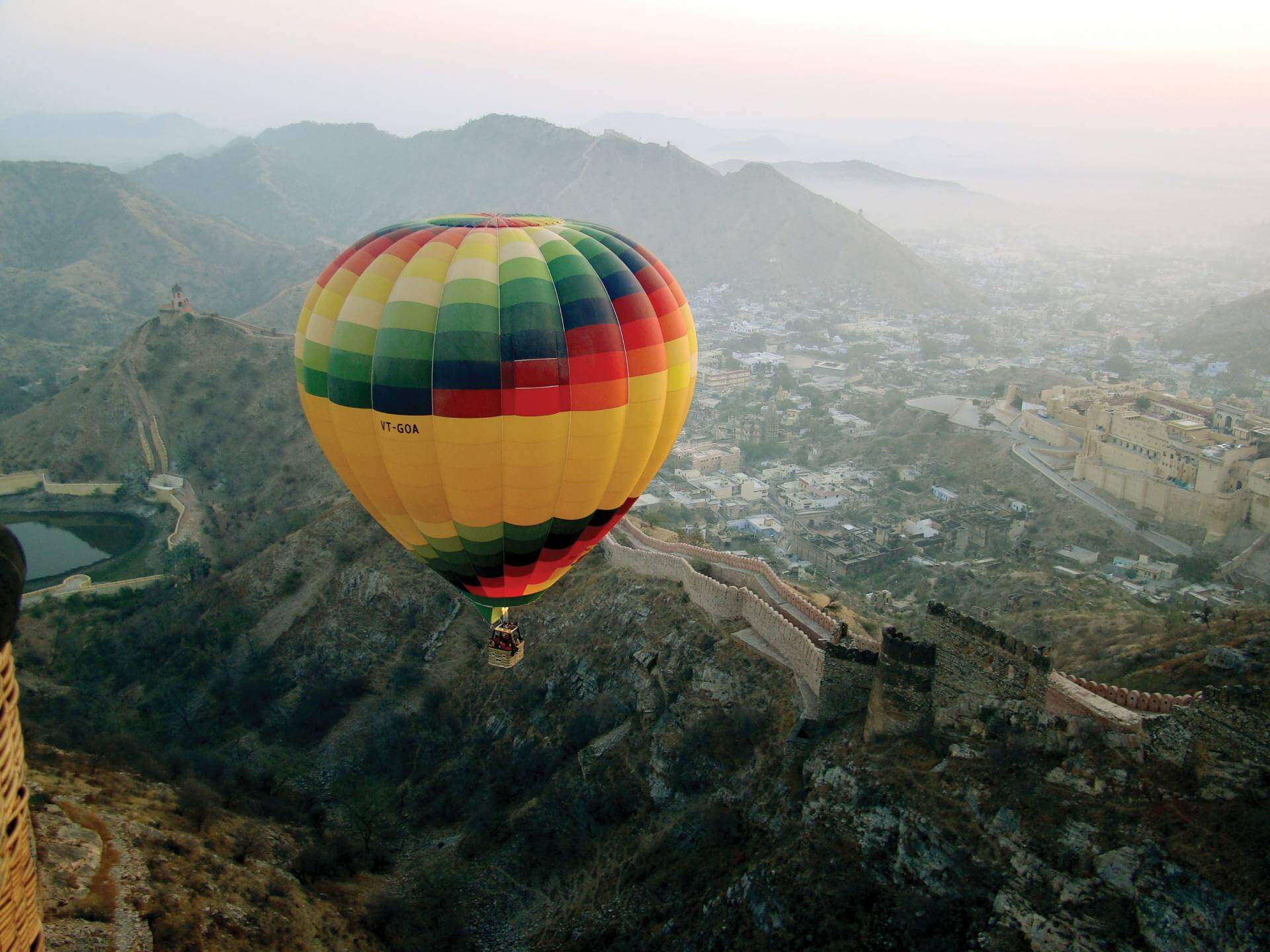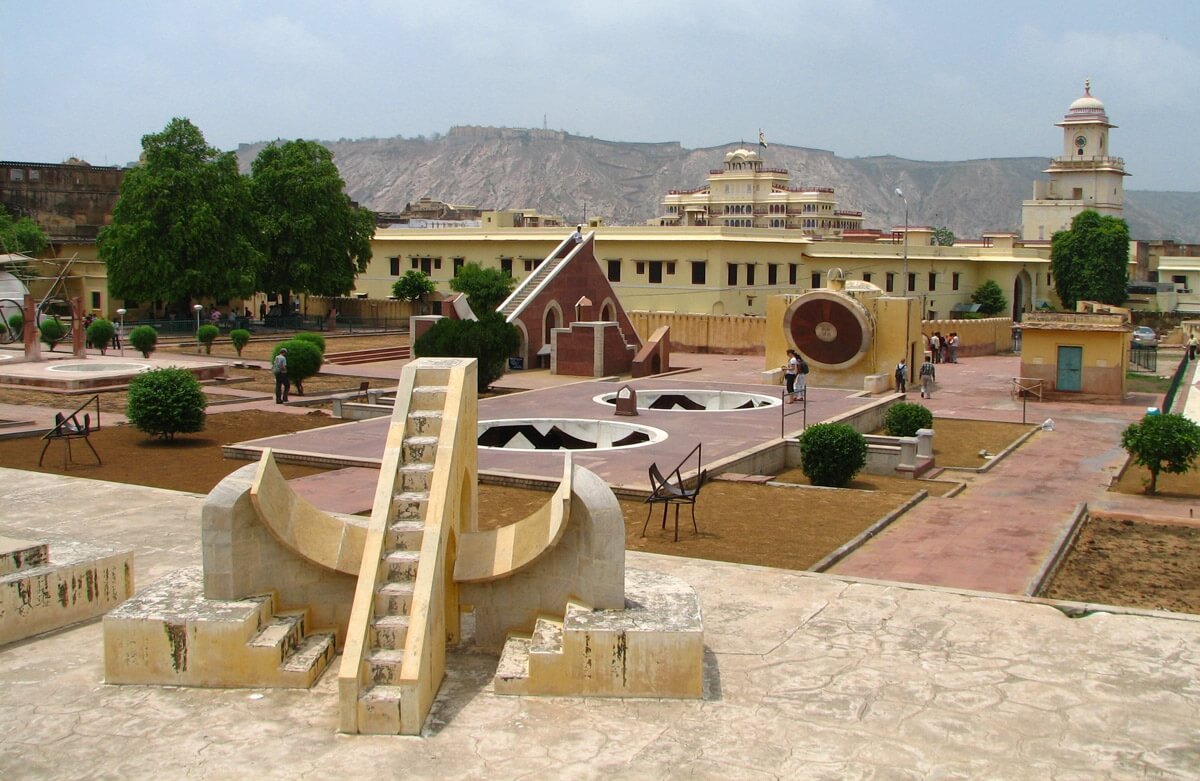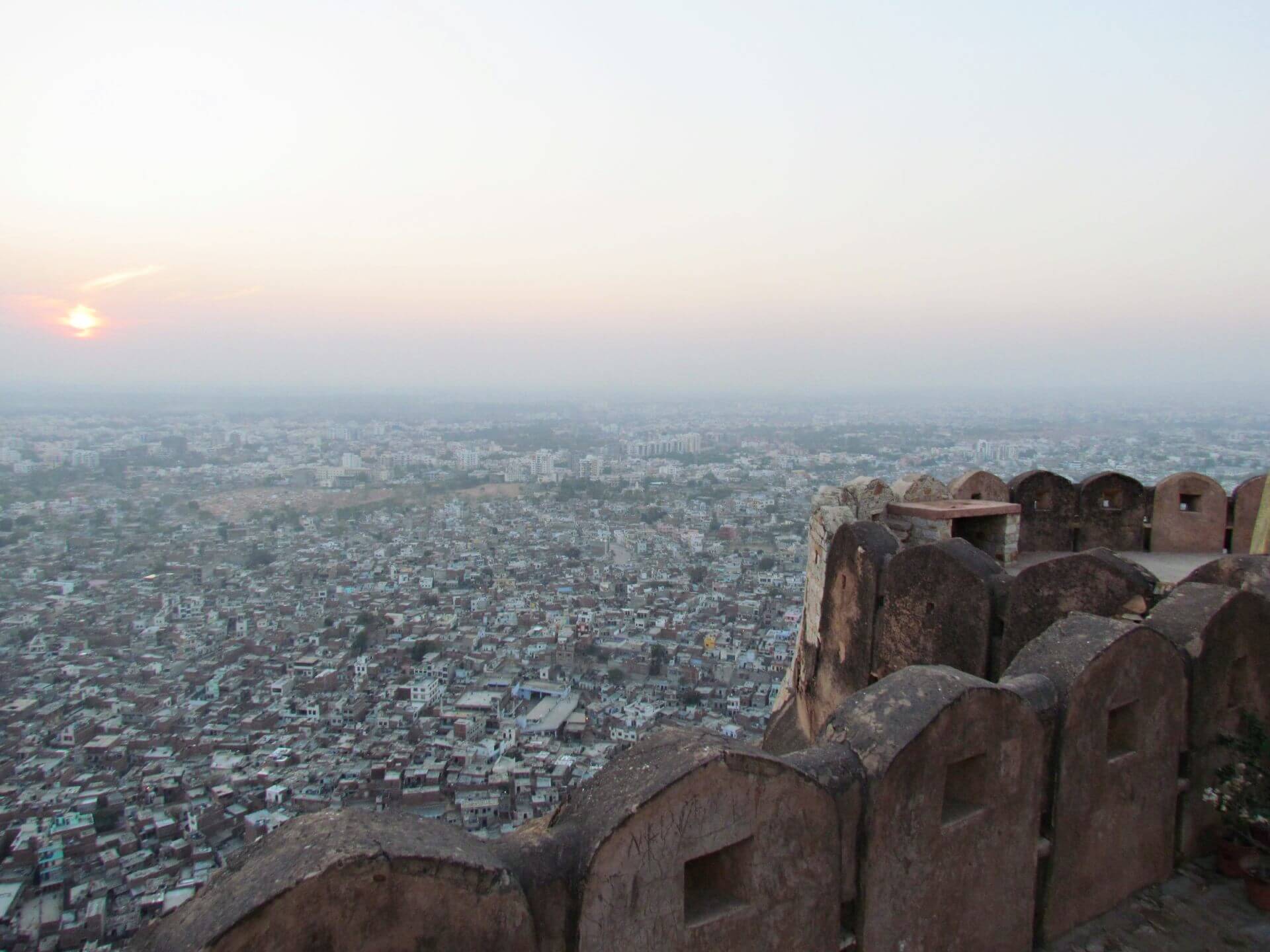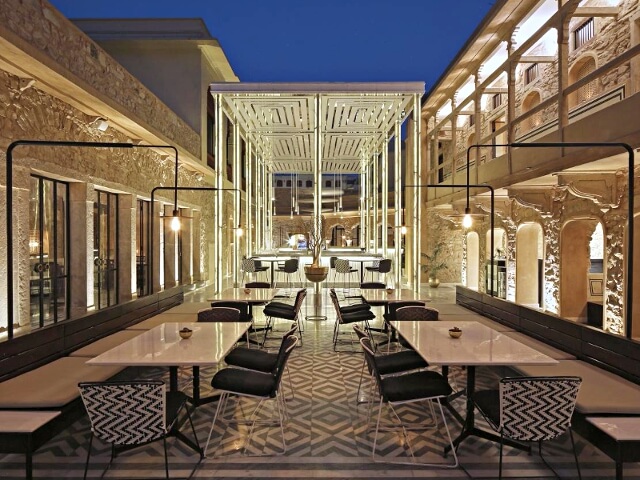We are all mortal until the first kiss and the second glass of wine…
– Eduardo Galeano
Imagine, then the immortality of tasting over 15 different wines in less than 24 hours? But I’m getting ahead of myself, before the immortality, lay a 5-hour journey across a highway under construction. I was heading, not towards the famed vineyards of California or Beaujolais, but in the direction of Nashik, a city a few hours away from the bustle of Mumbai (165 kilometres) and Pune (160 kilometres), in Maharashtra, India.
India seems like a rather unusual destination for a wine trail yet fruity, alcoholic beverages have been recorded in India since the Vedic times (1500 – 700 BCE). Vedic medical practitioners like Charaka and Susruta even advocated ‘moderate alcohol use’ for better health. ‘Somaras’, mentioned in ancient texts, is considered to be the juice of a high-altitude fruit (as yet unidentified) which was distilled to produce an intoxicating, aphrodisiacal spirit. Surprisingly, one study by F.R Allchin suggests that India might have been the home of alcoholic distillation.
As it is difficult to distinguish floral, fruity, fermented drinks mentioned in older texts with wine as we know it today – wine-making in India is considered to be a rather recent undertaking, and it all begins in Nashik.
Nashik’s wine story begins with a gamble – a farmer returned from education in California and decided to plant a few wine grape varieties on his family’s plot of table grapes. (Yes, something I learned recently, too – the varieties of grapes for wine are different from those we consume directly which are known as table grapes). He set up the first winery at Sula vineyards in 1999, and the rest, as they say, is history. Over the next few years, several other farmers followed suit, aided by the Maharashtra government’s 2001 policy that ensured no excise would be applied to wines made from grapes in the state. The grape farmers-turned-winemakers learned from one another, sent their kith and kin abroad to learn more about winemaking, and even hired sommeliers from other vineyards in France, Australia or California to create distinct, indigenous wines. Today, Nashik Valley is a patented geographical indicator for wines produced in India.

Apart from Nashik, only the outskirts of Hampi in Karnataka (Krsma vineyards) and Ratlam in Madhya Pradesh (Ambi vineyards), produce indigenous wines in the country. Yet, in global circles, India’s wines are rapidly gaining acclaim, produced as they are in the unusual terroir of our rich, black soil, tropical climate and ample rainfall.
Intrigued by the story and lured by the chance to sample some of India’s indigenous spirits, I found myself in Nashik. On the outskirts of the city, to the west and south-west lie several vineyards, each growing a variety of grapes and producing their own range of wines. To retrace the history of the region, I started my wine trails at Sula vineyards. They run wine trails every hour to cater to their popularity with tourists from Mumbai and Pune, and I duly joined a mixed group of corporates and families as we were guided through their factory. We have explained the fascinating process of harvesting, crushing, fermentation, clarification, ageing and bottling – with the differences that create a white, rose or red wine. The temperatures in every room of the factory were chilly, which are the ideal conditions for wine-making and perhaps, the most expensive overhead for winemaking in India. Sadly, as it was still early in the season for grape-harvesting, we couldn’t actually see the winemaking in action. A visit in between January to March would be more ideal to see the entire winemaking process.

Finally, we were ushered into a sombre, tasting room with a large wooden counter with 6 bottles and numerous wine glasses that seemed to be waiting for us. A certified sommelier, then took us through the nuances of the ‘swirl, smell, see, sip and spit’ ritual of wine-tasting, as we were introduced to Sula’s incredible range with 2 white wines, 2 red wines, a pleasant rose ending on a high note with a sweet, Chenin Blanc dessert wine! I’d like to say that I tasted peaches and cherries, smelt woody fragrances and spices – yet, to the uninitiated, there’s a long journey before one can unlock the mysteries of wines. Suffice it to say, that I learned enough to appreciate wines better (and not pooh-pooh at the elitist, swirling wine-tasters!) and promised myself to enjoy them on the palate for longer than the quintessential, quick swig Indian drinker!
The following day, I was determined to scratch at more than just the surface of Nashik’s wine industry and I requested Manoj Jagtap, a self-learned, wine trail expert to guide me through. With his insights into the region’s history, a repertoire of experiences in vineyards across the world and his local savvy, we made our way across 3 other wineries in and around Nashik.

Our first stop, Soma was a humble factory with an incredible production of wines; white, red, sparkling and rose. At Soma, I learned a little bit more about the aromas and flavours associated with different wines; the fruity, flowery flavours of white wines; the woody, oaky flavours of red wines; the bubbly, frothy feel of sparkling wines – and the wide terminology employed to describe them. Tapping into Manoj’s knowledge, I also heard the anecdotal story of how sparkling wines (as Champagne in France falls under a geographical indicator, the rest of the world uses the term sparkling wine to denote the bubbly beverage) were first created by monks. During cold French winters, the natural fermentation process of grape juice and yeast is retarded. The residual sugar and dormant yeast in the bottles, once stoppered with a cork, break down to form carbon dioxide. The buildup of carbon dioxide made bottles explode, much to the curiosity of the cellar monk, Dom Perignon. Upon tasting the foamy, bubbly wine, he continued experimentation till he stumbled upon a production-worthy ‘champagne’. Our tasting session included 6 wines, Soma’s range of 2 whites, 2 reds, a rose and a Chenin Blanc dessert wine – which was similar to Sula’s range in terms of grape varietals and names but had completely different flavours. Interestingly this time, I did taste guavas and smell pepper, but whether that was due to a palate being honed or a hyperactive imagination, I cannot say.
We drove on towards the south-west vineyards cluster, where the Grover Zampa farms lay. With impeccable gardens, an old-style stone structure and a hillside carpeted with vine trellises, Grover Zampa is an impressive vineyard. The only vineyard with a rugged landscape, I was told, as compared to the others growing on flatter topographies, Grover Zampa is reinventing itself. Once known as Zampa, it is rebranding its range of wines under the name Grover Zampa – with the help of Michel Rolland, the world famous wine consultant. A quick climb up the vineyard slopes cultivating grape varietals like Tempranillo, Shiraz and Viognier, offered a spectacular view of the nearby ridges and the glassy Mukane reservoir. During a visit to the factory, I saw the fascinating process of bottling; a team manually sticks labels onto bottles, then they are mechanically filled with wine, ending with the capping and sealing by another small team, before being put into boxes for storage and dispatch. While swirling and sipping some of Grover Zampa’s wines, I noticed some of their interesting, artsy wine bottle labels. Each year, Grover Zampa hosts artists from across India to enjoy the hospitality of the vineyards in exchange of artwork. Grover Zampa’s bottle labels currently feature the talent of contemporary artists like Sanjay Bhattacharya, Paresh Maity, among others inspired by the picturesque setting of the vineyards.

Lastly, we stopped off at Vallonne vineyards, a boutique vineyard with a smaller production of more nuanced wines. Vallonne’s vineyards are closer to the Mukane reservoir, and their charming south-east Asian restaurant, Malaka Spice looks out onto its blue expanse. Malaka Spice is a well-known brand in Pune and seeing it in a rustic setting like Vallonne, was a pleasant surprise, especially as it was lunchtime. Interestingly, their menu paired most items with a suitable wine and their food was delectable – a must-visit for anyone looking for an unusual culinary experience in Nashik. Later, we traipsed through Vallonne’s small factory and were once more, taken through the winemaking process. After 4 wine trails, it may seem like the same old spiel, but if you listen closely, each vineyard has its own story to tell. Vallonne vineyard’s claim to fame is their Rose created with Cabernet Sauvignon, an unusual accomplishment, as also India’s first wine with the inky-purple Malbec grape varietal. What’s more, as a boutique vineyard, Vallonne allows you to commission your own wine to commemorate a special event, be it a birthday, a wedding or a lifetime achievement. Their special 1o litre barrels can be branded with your name, a logo or any other caption you’d like, and kept to age for as long as you’d like – after which, they can bottle your wine and send it across, along with the branded barrel. Sadly, with little time left before my long journey back to Pune, we had to skip the wine-tasting session at Vallonne.

Eduardo Galeano may not be quite right, as, after 15 glasses of wine, I’m still mortal (and I’m not tempted to test that!). Yet the curious expressions of a grape after crushing and fermentation, barrel-ageing and bottling, has surely made me eager to unravel the secrets of wines! For the spirit-tourists and the wine-enthusiasts alike, as also the culinary travellers looking for something different, I would heartily recommend a wine trail through Nashik for an unusual insight into the art of winemaking!
